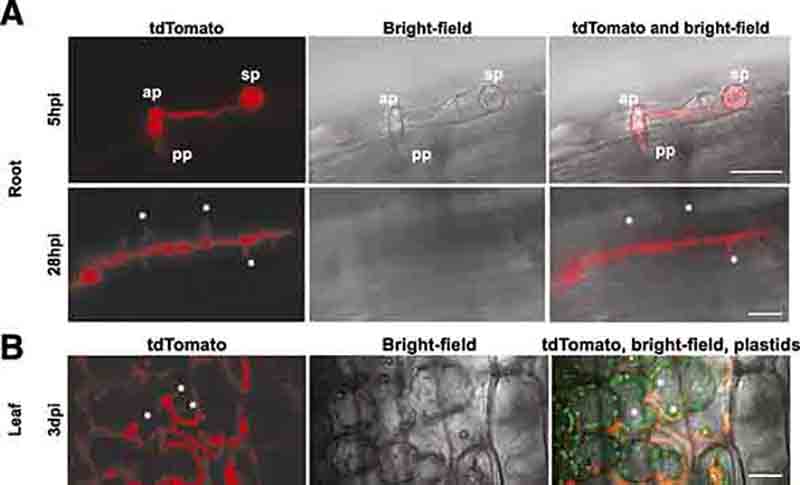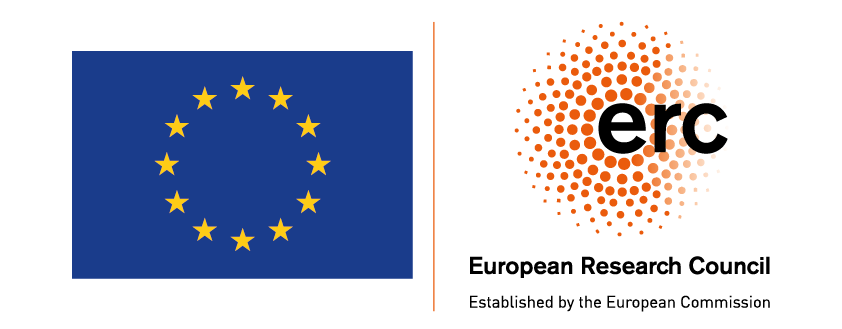
Crop resistance improvement by mining natural and induced variation in host accessibility factors
Increasing crop yield to feed the world is a grand challenge of the 21st century but it is hampered by diseases caused by filamentous plant pathogens. The arms race between pathogen and plant demands constant adjustment of crop germplasm to tackle emerging pathogen races with new virulence features. To date, most crop disease resistance has relied on specific resistance genes that are effective only against a subset of races.
Searching for an Achilles heel to stop crop pathogens in their tracks
We cannot solely rely on classical resistance genes to keep ahead of the pathogens. There is an urgent need to develop approaches based on knowledge of the pathogen’s Achilles heel: core plant processes that are required for pathogen colonisation.
Manipulating host accessibility
Our hypothesis is that disease resistance based on manipulation of host accessibility processes has a higher probability for durability, and is best identified using a broad host-range pathogen. We employ the filamentous pathogen Phytophthora palmivora to mine plant alleles and unravel host processes providing microbial access in roots and leaves of monocot and dicot plants.
Aim 1: Analysing colonisation mechanisms
In Aim 1 we utilise plant symbiosis mutants and allelic variation to elucidate general mechanisms of colonisation by filamentous microbes. Importantly, we study allelic variation in economically relevant barley to allow immediate translation into breeding programs.
Aim 2: Comparative analysis of microbial colonisation in monocots and dicots
In Aim 2 we perform a comparative study of microbial colonisation in monocot and dicot roots and leaves. Transcriptional profiling of pathogen and plant will highlight common and contrasting principles and illustrate the impact of differential plant anatomies.
Phytophthora palmivora ARI-td produces haustoria in roots and leaves of barley (Figure 3 from Le Fevre et al 2016)
Comparing mutualistic and pathogenic colonisations
We challenge our findings by testing beneficial fungi and nitrogen fixing symbiosis to assess commonalities and differences between mutualist and pathogen colonisation. We use genetic, cell biology and genomics to find suitable resistance alleles highly relevant to crop production and global food security. At the completion of the project, we will have a set of candidate genes for resistance breeding.
Current members
Aleksandr Gavrin
Former members
Anna Gogleva
Ruth Le Fevre
Thomas Torode
Selected Publications
Le Fevre, R., O’Boyle, B., Moscou, M.J. and Schornack, S., 2016. Colonization of Barley by the Broad-Host Hemibiotrophic Pathogen Phytophthora palmivora Uncovers a Leaf Development–Dependent Involvement of Mlo. Molecular Plant-Microbe Interactions, 29(5), pp.385-395. ttps://doi.org/10.1094/MPMI-12-15-0276-R
Funding provided by the European Research Council
This project has received funding from the European Research Council (ERC) under the European Union’s Horizon 2020 research and innovation programme (Grant agreement No. ERC-2014-STG, H2020, 637537 to S. Schornack).


